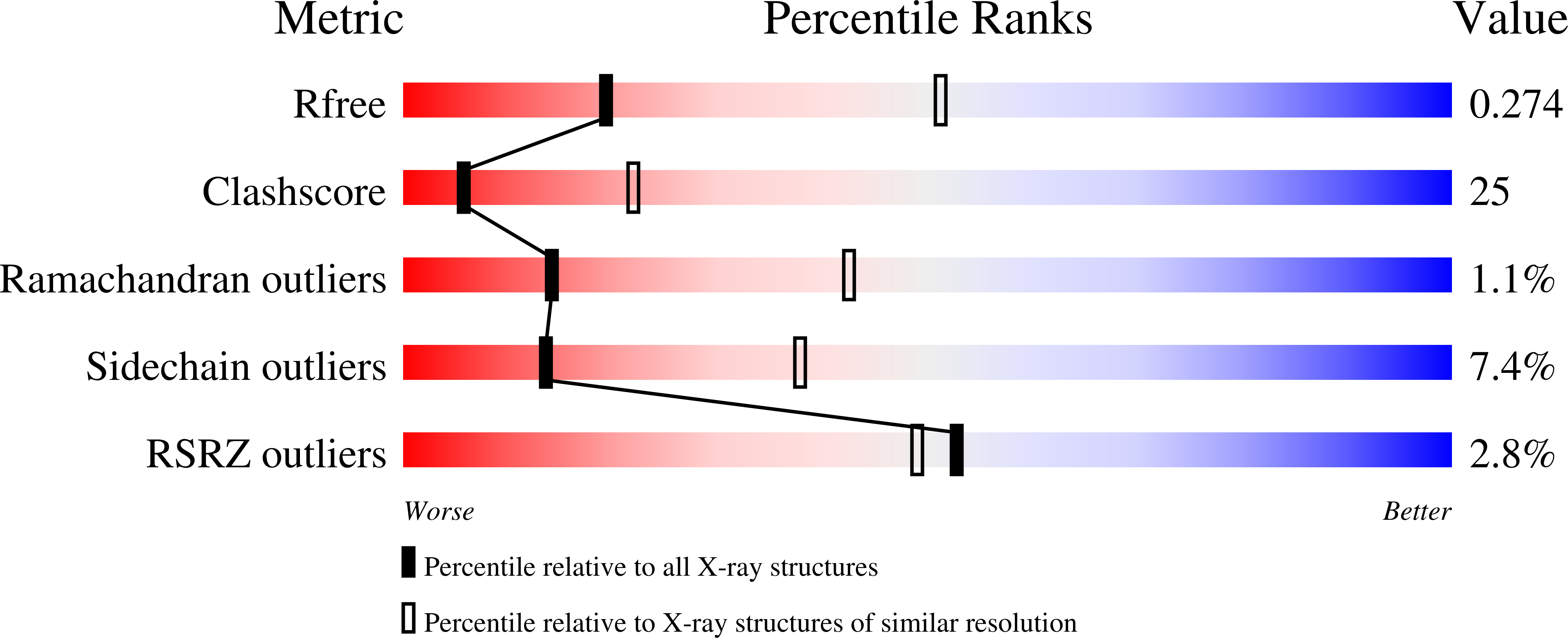
Deposition Date
2004-12-07
Release Date
2004-12-21
Last Version Date
2024-03-13
Entry Detail
PDB ID:
1WUF
Keywords:
Title:
Crystal structure of protein GI:16801725, member of Enolase superfamily from Listeria innocua Clip11262
Biological Source:
Source Organism:
Listeria innocua (Taxon ID: 272626)
Host Organism:
Method Details:
Experimental Method:
Resolution:
2.90 Å
R-Value Free:
0.27
R-Value Work:
0.23
R-Value Observed:
0.23
Space Group:
P 21 21 21


